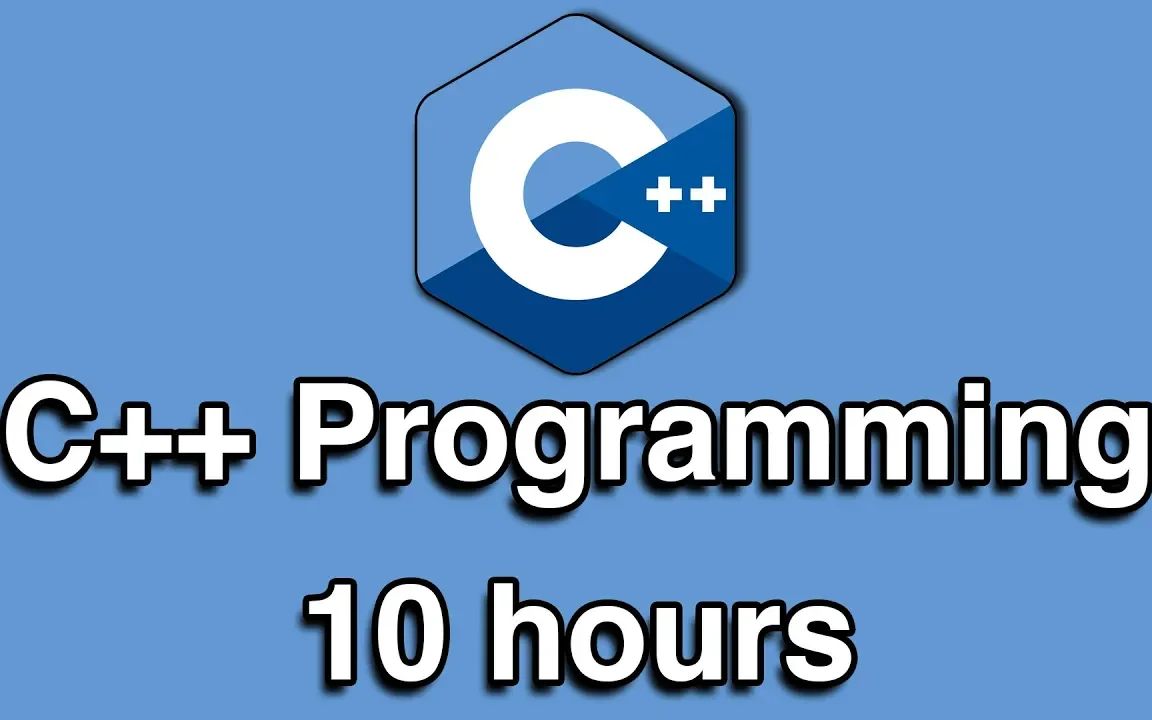什么是操作符重载
操作符重载是C#中一项强大的功能,它允许我们为自定义类型定义操作符的行为。通过操作符重载,我们可以让自定义类型的对象像内置类型一样使用各种操作符(如+、-、*、/等)进行操作,使代码更加直观和易读。
操作符重载的基本语法
在C#中,操作符重载是通过定义特殊的静态方法来实现的,这些方法使用operator关键字:
public static ReturnType operator <operator>(OperandType1 operand1, OperandType2 operand2)
{
// 实现操作符逻辑
}可重载的操作符
C#允许重载以下操作符:
一元操作符
+, -, !, ~, ++, --, true, false
二元操作符
+, -, *, /, %, &, |, ^, <<, >>
比较操作符
==, !=, <, >, <=, >=
注意:比较操作符必须成对重载(如重载==就必须重载!=)
操作符重载示例
1. 复数类的操作符重载
public class Complex
{
public double Real { get; }
public double Imaginary { get; }
public Complex(double real, double imaginary)
{
Real = real;
Imaginary = imaginary;
}
// 重载 + 操作符
public static Complex operator +(Complex c1, Complex c2)
{
return new Complex(c1.Real + c2.Real, c1.Imaginary + c2.Imaginary);
}
// 重载 - 操作符
public static Complex operator -(Complex c1, Complex c2)
{
return new Complex(c1.Real - c2.Real, c1.Imaginary - c2.Imaginary);
}
// 重载 * 操作符
public static Complex operator *(Complex c1, Complex c2)
{
return new Complex(
c1.Real * c2.Real - c1.Imaginary * c2.Imaginary,
c1.Real * c2.Imaginary + c1.Imaginary * c2.Real);
}
// 重载 == 和 != 操作符
public static bool operator ==(Complex c1, Complex c2)
{
return c1.Real == c2.Real && c1.Imaginary == c2.Imaginary;
}
public static bool operator !=(Complex c1, Complex c2)
{
return !(c1 == c2);
}
// 重写Equals和GetHashCode以保持一致性
public override bool Equals(object obj)
{
return obj is Complex other && this == other;
}
public override int GetHashCode()
{
return HashCode.Combine(Real, Imaginary);
}
// 重载ToString以便更好地显示
public override string ToString()
{
return $"{Real} + {Imaginary}i";
}
}使用示例:
var c1 = new Complex(1, 2);
var c2 = new Complex(3, 4);
var sum = c1 + c2; // 使用重载的+操作符
var product = c1 * c2; // 使用重载的*操作符
bool equal = c1 == c2; // 使用重载的==操作符2. 自定义字符串连接操作符
public class Text
{
public string Content { get; }
public Text(string content)
{
Content = content;
}
// 重载 + 操作符用于文本连接
public static Text operator +(Text t1, Text t2)
{
return new Text(t1.Content + " " + t2.Content);
}
// 隐式转换从string到Text
public static implicit operator Text(string s)
{
return new Text(s);
}
public override string ToString() => Content;
}使用示例:
Text greeting = "Hello";
Text name = "World";
Text message = greeting + name; // "Hello World"操作符重载的规则和限制
- 必须为public static方法:所有操作符重载方法都必须是public和static的
- 参数限制:
- 一元操作符必须有一个参数
- 二元操作符必须有两个参数
- 至少有一个参数的类型必须是包含该操作符的类或结构类型
- 不能重载的操作符:
- 赋值操作符(=)
- 成员访问操作符(.)
- 方法调用操作符(())
- 条件逻辑操作符(&&, ||) – 但这些操作符是通过重载
&、|以及true、false来间接实现的 - checked和unchecked操作符
- new, typeof, sizeof, is, as等操作符
- 比较操作符必须成对重载:
- 重载
==必须同时重载!= - 重载
<必须同时重载> - 重载
<=必须同时重载>=
- 重载操作符时应遵循数学或逻辑惯例:操作符的行为应该符合用户的预期
转换操作符重载
除了算术和比较操作符,C#还允许重载类型转换操作符:
public class Fahrenheit
{
public double Degrees { get; }
public Fahrenheit(double degrees)
{
Degrees = degrees;
}
// 从Celsius到Fahrenheit的隐式转换
public static implicit operator Fahrenheit(Celsius c)
{
return new Fahrenheit(c.Degrees * 9 / 5 + 32);
}
// 从Fahrenheit到Celsius的显式转换
public static explicit operator Celsius(Fahrenheit f)
{
return new Celsius((f.Degrees - 32) * 5 / 9);
}
}
public class Celsius
{
public double Degrees { get; }
public Celsius(double degrees)
{
Degrees = degrees;
}
}使用示例:
Celsius c = new Celsius(100);
Fahrenheit f = c; // 隐式转换
f = new Fahrenheit(212);
c = (Celsius)f; // 显式转换实际应用:向量类操作符重载
public class Vector
{
public double X { get; }
public double Y { get; }
public double Z { get; }
public Vector(double x, double y, double z)
{
X = x;
Y = y;
Z = z;
}
// 向量加法
public static Vector operator +(Vector v1, Vector v2)
{
return new Vector(v1.X + v2.X, v1.Y + v2.Y, v1.Z + v2.Z);
}
// 向量减法
public static Vector operator -(Vector v1, Vector v2)
{
return new Vector(v1.X - v2.X, v1.Y - v2.Y, v1.Z - v2.Z);
}
// 向量点积
public static double operator *(Vector v1, Vector v2)
{
return v1.X * v2.X + v1.Y * v2.Y + v1.Z * v2.Z;
}
// 向量数乘
public static Vector operator *(Vector v, double scalar)
{
return new Vector(v.X * scalar, v.Y * scalar, v.Z * scalar);
}
public static Vector operator *(double scalar, Vector v)
{
return v * scalar;
}
// 向量长度
public double Magnitude => Math.Sqrt(X * X + Y * Y + Z * Z);
// 向量归一化
public Vector Normalized => this * (1 / Magnitude);
public override string ToString() => $"({X}, {Y}, {Z})";
}使用示例:
Vector v1 = new Vector(1, 2, 3);
Vector v2 = new Vector(4, 5, 6);
Vector sum = v1 + v2;
Vector diff = v1 - v2;
double dotProduct = v1 * v2;
Vector scaled = v1 * 2.5;操作符重载的最佳实践
- 保持直观性:操作符的行为应该符合用户的数学或逻辑预期
- 保持一致性:
- 相关操作符应该一起重载(如+和-,*和/等)
- 比较操作符必须成对重载
- 重载操作符时,通常也需要重写Equals()和GetHashCode()
- 不要过度使用:只在确实能提高代码可读性时使用操作符重载
- 考虑性能:操作符重载方法通常会被频繁调用,应确保其高效
- 文档化行为:为重载的操作符添加清晰的文档说明
总结
C#的操作符重载功能允许我们为自定义类型定义直观的操作符行为,使代码更加简洁和易读。通过合理使用操作符重载,我们可以创建出表现力强且易于使用的自定义类型。然而,操作符重载也应该谨慎使用,只有在确实能提高代码可读性和简洁性时才考虑使用,并且要确保重载的操作符行为符合用户的预期。
